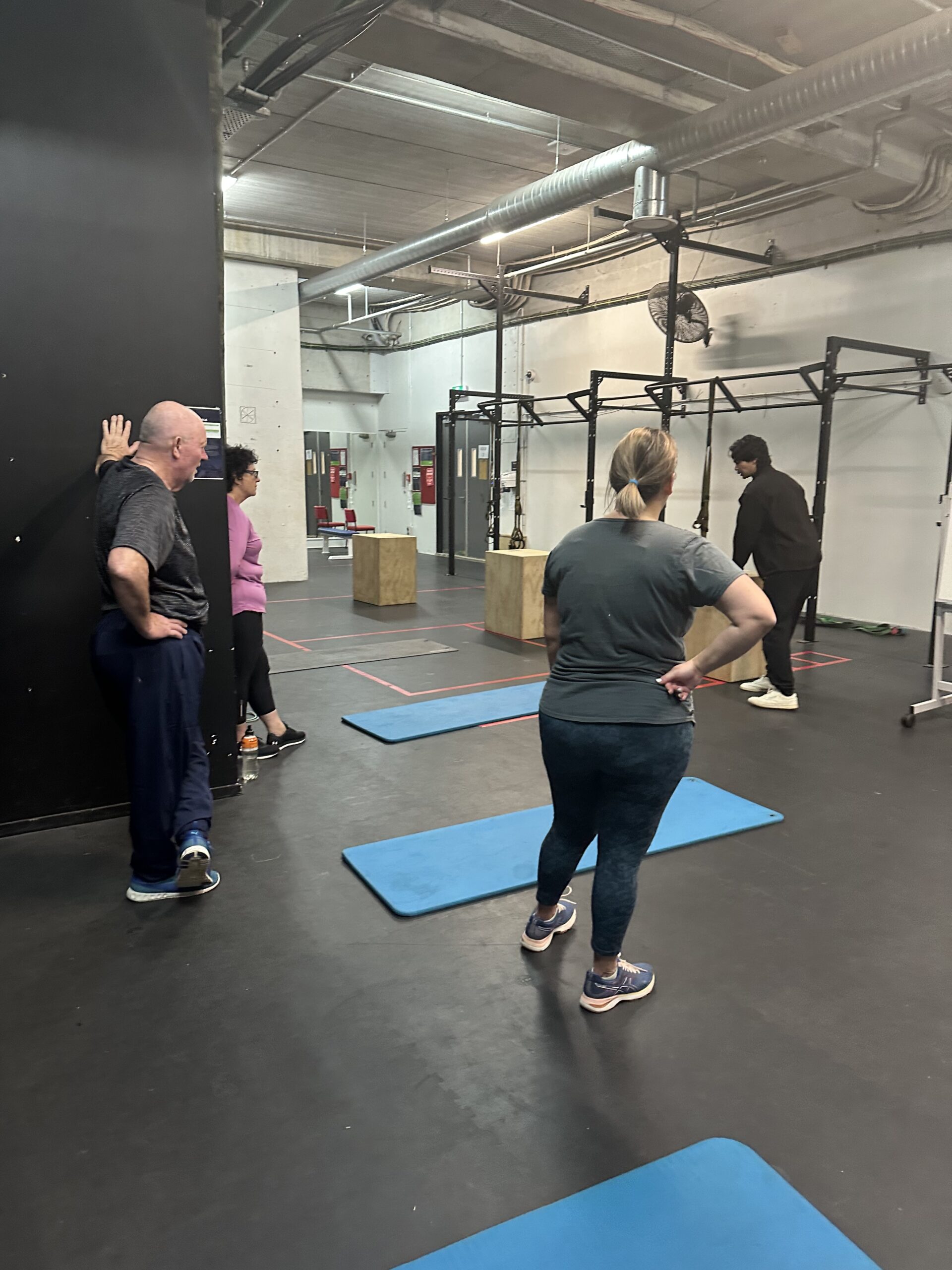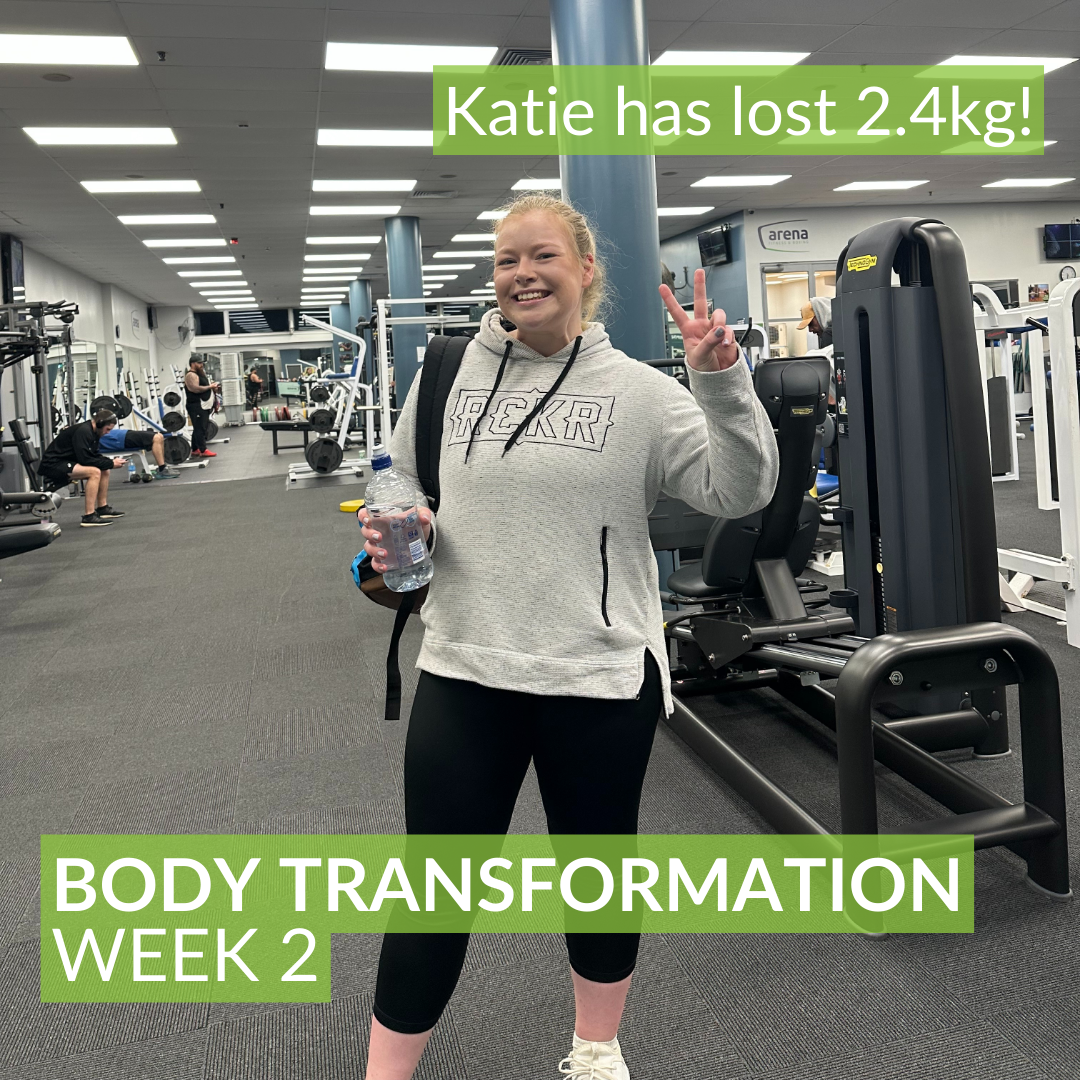How many hours a week should I be training and what intensity to see decent changes in 3 months?
This is a response to the above question that was sent to the gym team during lockdown; and in order to answer the question properly we must look at the above as three sperate questions. The first being:
How many hours a week should I train?
In my experience the best fitness routines (and the routines I prescribe to my clients) are both scalable and achievable; I first advise people to set a realistic target when deciding how many days they can commit to. This should be a non-negotiable number of sessions that can be completed weekly without interference. If my client for example can commit to a 2-day routine but thinks he/she may be able to push it to 3 days, I will always prescribe the minimum amount (in this case a 2-day Routine).
I take this approach as many people who begin exercising for the first time (or return after a long layoff) start strong – and typically are willing to make substantial routine and dietary changes during the first few weeks in order to progress faster. However, after the initial spark dies and the drive to improve wains many find themselves in a lull and often after a few missed workouts or one too many indulgences disappear – never to be seen again. This behavior necessitates the need for routines that provide clients with springboards for success and sustainability rather than ones that threaten burn out or guilt.
To summarize the first answer – Set out your weekly exercise schedule so it is undeniably achievable – and stick to it. Then, in time you will find the number of hours you spend training will naturally increase.
This approach can be taken one step further and should also (in my opinion) be applied to specific exercises and the length of workouts when in the gym. This leads on nicely to our second question –
How intense should my workouts be?
The answer to this question is dependent on your training background and your current level of fitness. However, it is my opinion that workout intensity (just like an Exercise schedule) should be scaled over time – regardless of exercises being performed.
There are many ways to scale up your workouts, but the most common are:
- Increasing the amount of weight used per exercise
- Increasing the amount Sets and Reps you work through each day
- Increasing the effort, or time spent performing aerobic exercises in order to increase heart rate
I will often advise my clients that their workload should increase incrementally every week by utilizing one of the above practices. I do this for two reasons – The first is to ensure my clients progress continues (even after long periods of time training) and the second is to maintain a sense of ongoing achievement in my clients for example – If you set a challenge to lose 7kg in five weeks and after the five weeks pass you achieve your target – Then my job as a trainer is to set and push you toward your next goal.
I have attached links below that will explain the concept of heart rate zones (how to gauge intensity based on Heart rate) and how to tell if you have entered your target heart rate zone when training. I have also included a link to an article discussing Hypertrophy training and the benefits of working close to your one rep max. Studies suggest that for a muscle to grow in size higher effort levels are required when working out.
This brings me to our final question.
How do we track progress?
“Decent changes in three months” is at its core subjective. What one person considers decent another may consider inadequate. Likewise, what one person believes to be inadequate another might think of as unachievable. However, this does not change how we go about tracking this development. Correctly tracking progress comes down to one thing – record keeping.
Record keeping is in my opinion the most neglected part of the average person’s workout routine. For example, Time and time again I see people workout for months on end without ever stopping to record the amount of weight used during their session. This information is very important when assessing how much you have progressed when working through a training program. Initial Tape and bodyfat measurements (that can be taken by one of our PTs) also help us together understand areas for improvement and how we should alter the routine moving forward. Without this record keeping we would be at the mercy of the scale (the device used by most to assess their development). Your fluctuating bodyweight is one part of the puzzle however, when it comes to tracking progress scales do not indicate body composition, nor do they determine overall health. Because of this it is best to combine Weight, BMI, Tape readings and a Workout Log when assessing growth.
Conclusion
Although the specific question was difficult to answer as several factors were unknown to me, I have summarized all my above points below in order to help you make what will hopefully become rewarding long-term changes to your body.
- Create an achievable routine
- Allow training to become part of your weekly routine
- Incrementally increase your intensity
- Track your progress
- Over time increase the number of training days
Links




